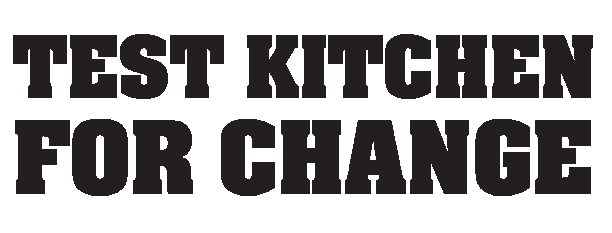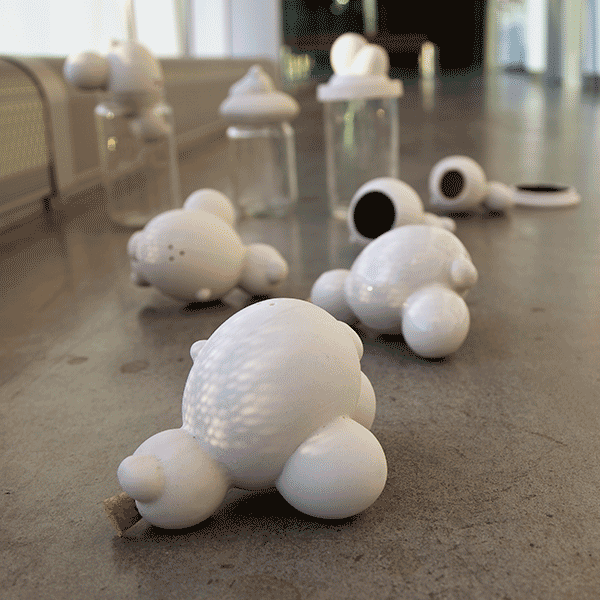
Budding Yeast Molecules
Containers for spices and sourdough starter culture inspired by the shape of budding yeast molecules.
Fermented foods can last longer, taste better, and make us healthier. Natural slow fermentation makes foods more complex. Sourdough starter is a community of local yeast cultures captured from the air and is very different from the mono-culture commercial yeast made at the factory.
Yeast leavens the bread. People feed the yeast culture and share it, keeping it alive. Test Kitchen for Change distributes active sourdough starter for free.
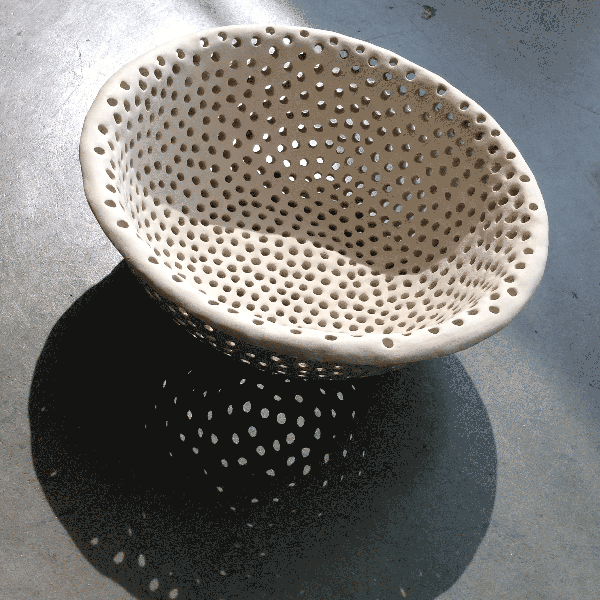
Permeable Bowl
Permeable Bowl was inspired by and made with
a mixing bowl as a basic shape. It is perforated with holes and water will spill from it, yet dough will proof (rise) in this container.
To make bread at home, you need
an oven and a mixing bowl,
everything else can be improvised from what you already have. Mixing bowl proved to be a
central component.
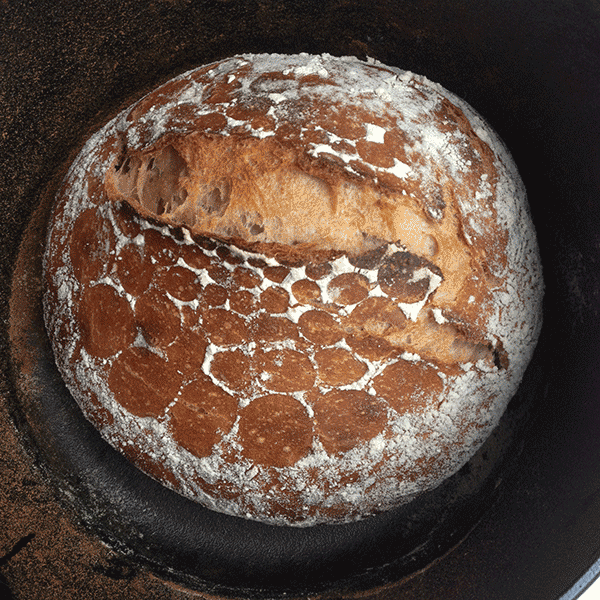
Loaf
How does the non-artifact outcome of the design can look? Is it a system? Is that an object? Is that a new way to share knowledge? Perhaps an event? For me, it is a slow process, which is reminiscent of fermentation.
As a busy mom of 3, a wife, teacher and a grad student, I am always looking for ways to multi-task. Perhaps nothing summarizes this attempt better than feeding my family and friends nutritious bread while researching and developing my thesis project: 500+ loaves, all happily consumed.

Seeds, Roots, and Shoots
Vessels for sprouting of
Wheat Berries. Sprouted grains are called malted.
They can be dried and milled into flours or added to bread as is.
Also, the seeds of the common plantain, wild buckwheat, and roasted roots of the chicory and dandelion plants are just a few wild ingredients that can easily be integrated
into the During the bread-making events, participants were interested in identifying
and using wild edibles. The most abundant common weed plants turned out to be the most useful. By elevating the status of these plants, we can keep our lawns pesticide-free, thus improving the biodiversity
of the region.
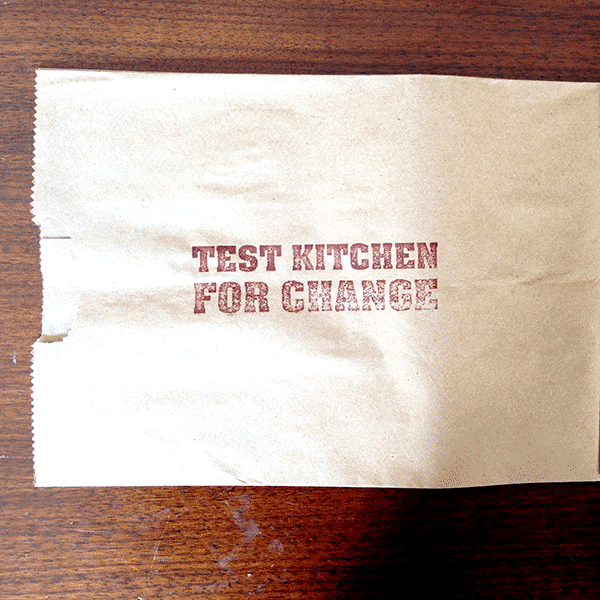
Bread Bag
Participants picked up
loaves and sourdough starter
in the specially designed containers. The brown paper bag works best to preserve the
fresh bread's crunchy crust.
Each bread-making event we did was different, evolving from the feedback and experience. After the first bread event, participants picked loaves baked at the Brown Memorial Church the next morning. The second event was in collaboration with St. Paul Co-operative garden and Lovely Lane Church, where participants mixed dough from scratch and baked loaves at home. The third event is different too, the bread classes at the Meyerhoff Gallery at MICA are timed with the flow
of fast and slow daily activities to accommodate participants who study
or work.
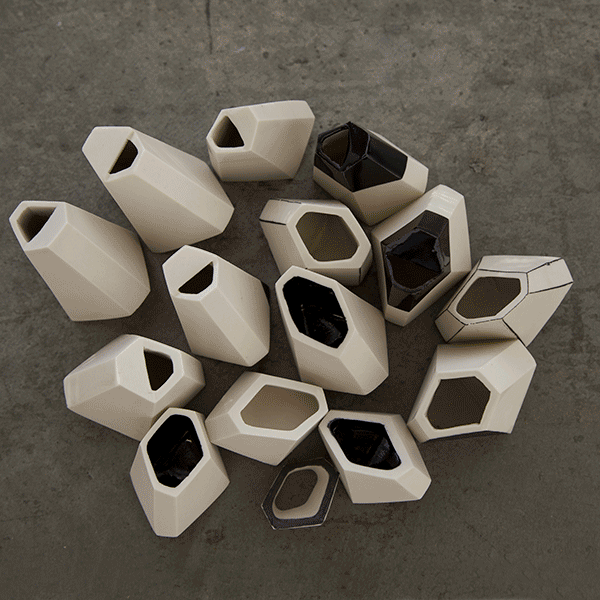
Salt and Spice Containers
Different flour, water, and spices make different breads. Add your own spice. Just 11 grams of salt are perfect to use in one loaf. When making your own bread you can choose to add more or less. Make it healthy and tasty for you; make it your own.

Adept Apron
The symbol of the first bread-making event is a maze, inspired by the meditative labyrinth located in the Brown Memorial Church’s sanctuary.
Bread-making events in
the community are the most important part of Test Kitchen for Change’s approach. For each event, we designed a special emblem and applied it to
the event aprons. Event participants wore the aprons not only to protect their clothes, but as a prop for a role-playing in this new situations for them.
Hopefully, as we continue teaching bread-making,
our aprons will get covered by badges illustrating the history of our events.
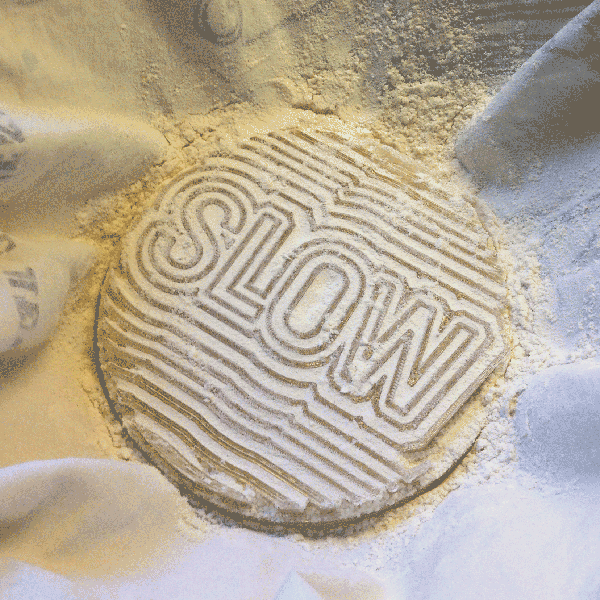
Bread Stamps
Traditionally, loaves are proofed in baskets, leaving the signature mark of the banneton on the crust. Bakers can slash the loaves just before baking to make a special design.
Experimenting with the marks left by the proofing baskets, I tried an array
of found and specially made objects to leave a mark on
a proofed loaf. Shown here are the results from a
range of bread-printing tools. An old ashtray is an example of an obsolete object (in our family), which has found a new use in a new ritual.

Communal Mixing Bowl
Communal bread-making events conducted over the past six months helped to improve the bread-making class components, brought various people together, and elevated the appreciation for the quality of artisanal bread. Participants have met other people, tasted, smelled, touched, and made bread. Handling elastic dough is
a pleasant and meaningful experience. The fragrant loaves of bread are fruits
of your labor.
At the first bread-making event, we used a commercial kitchen to
mix 50+ loaves-worth-of-dough and engaged the participants to shape the loaves. Participants expressed the need to see the entire process, so the following event was advertised as “bring your mixing bowl” event. It was
a more successful and engaging experience.

Baking Stones
Working with clay is a physical process, similar to bread-making. I used my feet and no power tools to mix the terracotta clay
with firesand. Historically, people have used feet as tools to juice grapes and
mix clay.
The meditative labyrinth
at the Brown Memorial Church, the sponsor of the first bread-making event, inspired the design motif
of the stones.
Stones displayed here will
be given away to the
participants of the breadmaking classes at the end of the show.
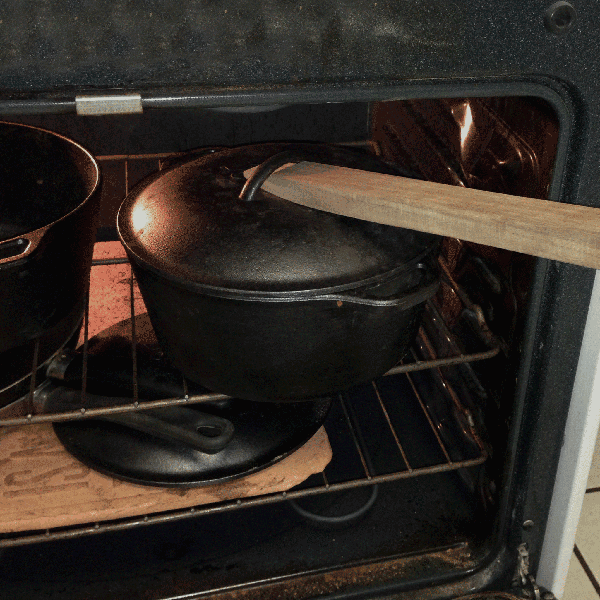
Dutch oven with Custom Handle
Baking enthusiasts build cob ovens, rocket stoves, wood-burning hearths, etc. If the hearth inspires and brings community together, it becomes a great catalyst. You can use your home oven too. While sharing a kitchen during our bread-making events, we met cooking professionals and learned a great deal.
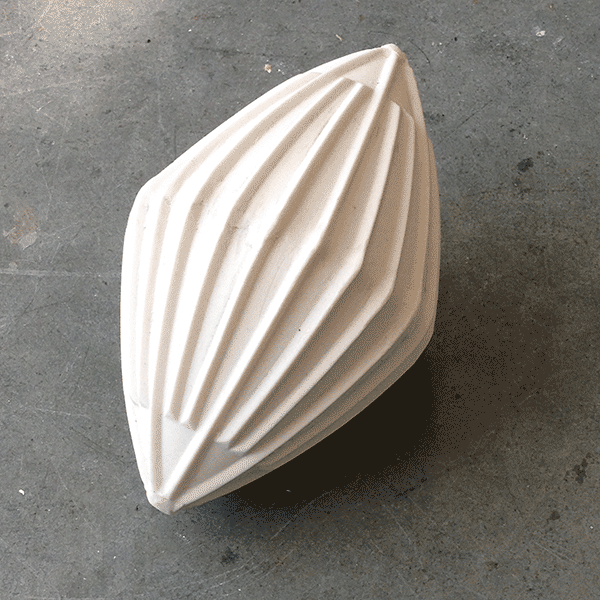
Double Juicer Tool
Making food hands-on is
a sensual experience. When you touch the food you make a connection
to it on a very different level. Juicer is a metaphor:
"What does it feel like to be an orange?" One hand feels what the other makes.
In the beginning of my project I used on-line tutorials and books to learn the sourdough making process. But my baking skills improved only after I asked the expert bakers to guide me. Luckily, I got support from the skilled bakers at the local artisanal bakery–Atwaters. Helping to shape dozens of loaves and watching them get baked improved my bread-making overnight. Touching the actual dough was an “aha” moment that inspired me to stage hands-on bread-making events in order to engage my audience.
